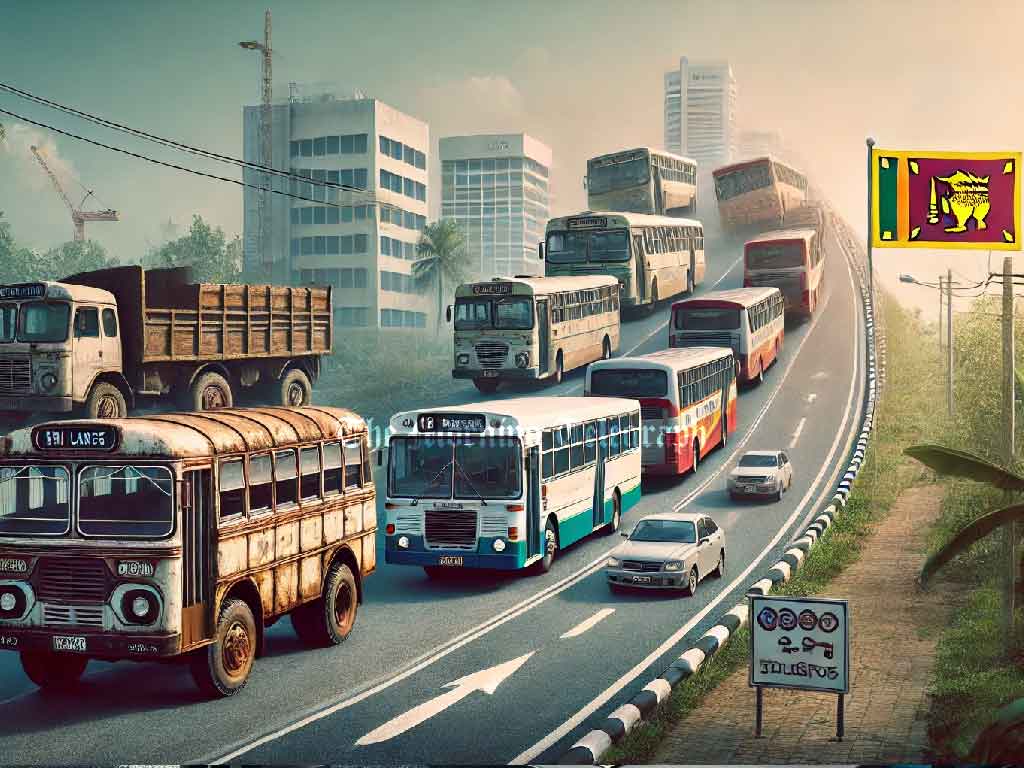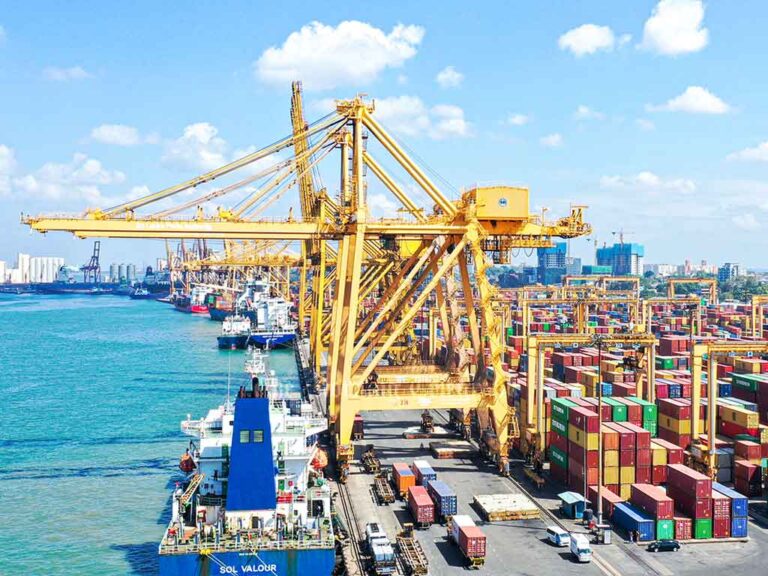
In the bustling streets of Sri Lanka, buses packed with passengers rumble along daily, their frames creaking under the strain of long years of service. Most of these buses, built on lorry chassis, have become a symbol of outdated transport that compromises comfort and safety.
Years ago, these vehicles were imported from India out of economic necessity. But now, the country is embarking on a journey to modernize its public transport sector. Commissioner General of the Department of Motor Transport, Nishantha Anuruddha Weerasinghe, believes that the time has come to replace these relics with modern buses that meet international standards.
“This transformation is long overdue,” says Weerasinghe. “While these buses served us during difficult times, they no longer meet the expectations of today’s passengers.”
The current state of Sri Lanka’s bus fleet reveals the scale of the challenge. Among the 5,000 buses operated by the Sri Lanka Transport Board (SLTB), only 450 are new, while the rest have been on the road for over 15 years. Private buses, regulated by the National Transport Commission (NTC), face similar issues.
Inside these buses, cramped seating arrangements and poor legroom leave passengers frustrated. Outside, garlands, plastic toys, and balloons dangle from mirrors, obstructing drivers’ views. Stickers clutter the windows, giving the buses a shabby appearance.
Despite these conditions, millions of people rely on these buses daily, their patience wearing thin as they endure discomfort and delays.
To address these concerns, the government has announced a comprehensive plan. New buses will soon replace the old ones, improving the overall travel experience. These vehicles will be funded through bank loans to bus depots, ensuring that the state budget is not overburdened.
The Ministry of Transport is also introducing strict regulations. Decorations that obstruct visibility are being removed, and seating arrangements are being standardized to ensure passenger comfort. Buses will undergo quality checks during license renewals and through random inspections.
The government plans to integrate the schedules of SLTB and NTC buses, creating seamless operations 24/7. “We want to offer a reliable and comfortable service that people can count on,” says Weerasinghe.
The road ahead is not without challenges. With only 5,000 buses currently in operation, the SLTB needs 7,700 to meet the country’s demands. But with new standards set to roll out within a month, Sri Lanka is taking its first steps toward a modern, efficient public transport system.
For now, the hum of lorry chassis buses remains part of the everyday soundtrack of Sri Lankan streets. But change is coming, promising a future where public transport meets the needs of both passengers and the nation.




